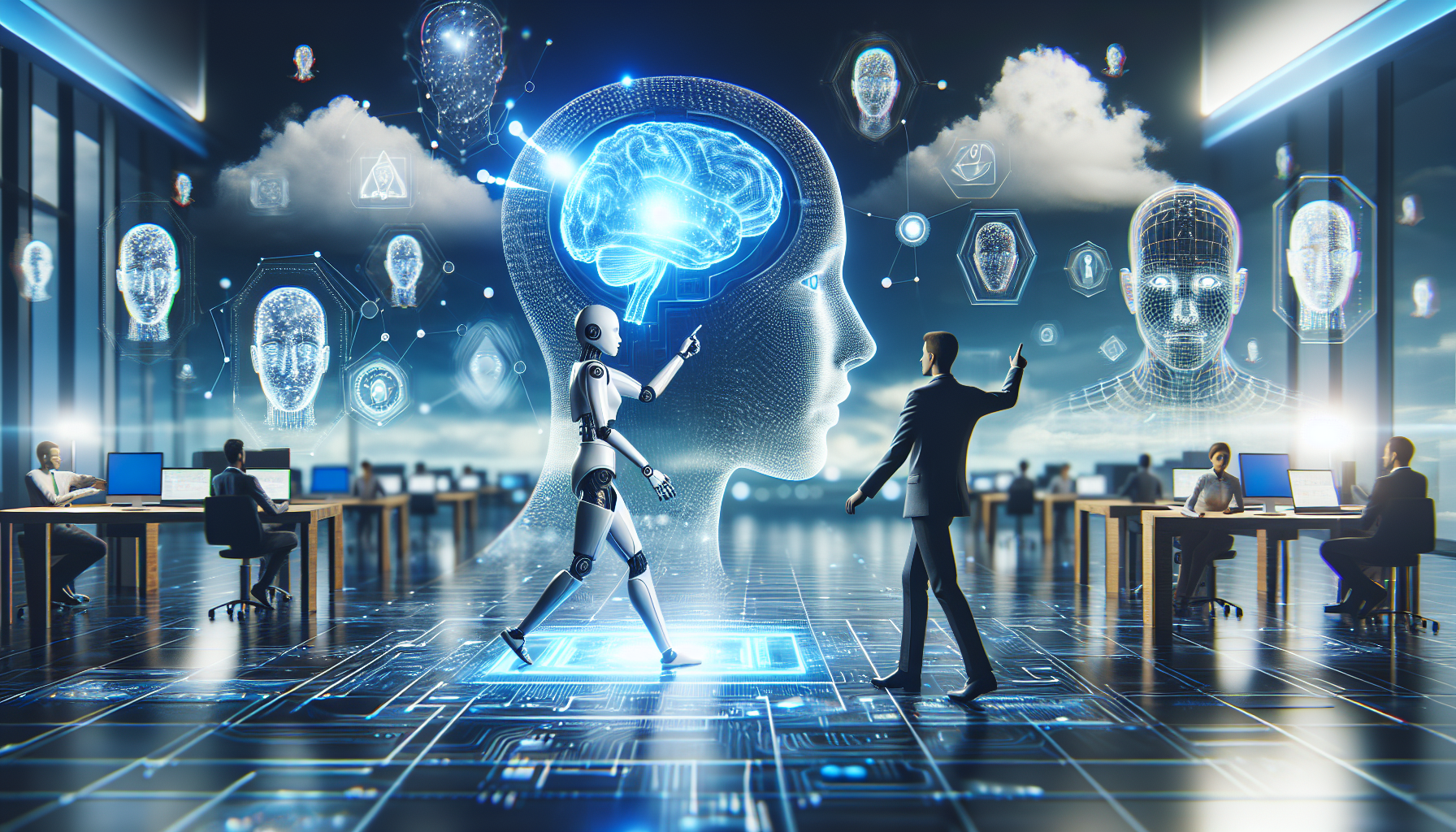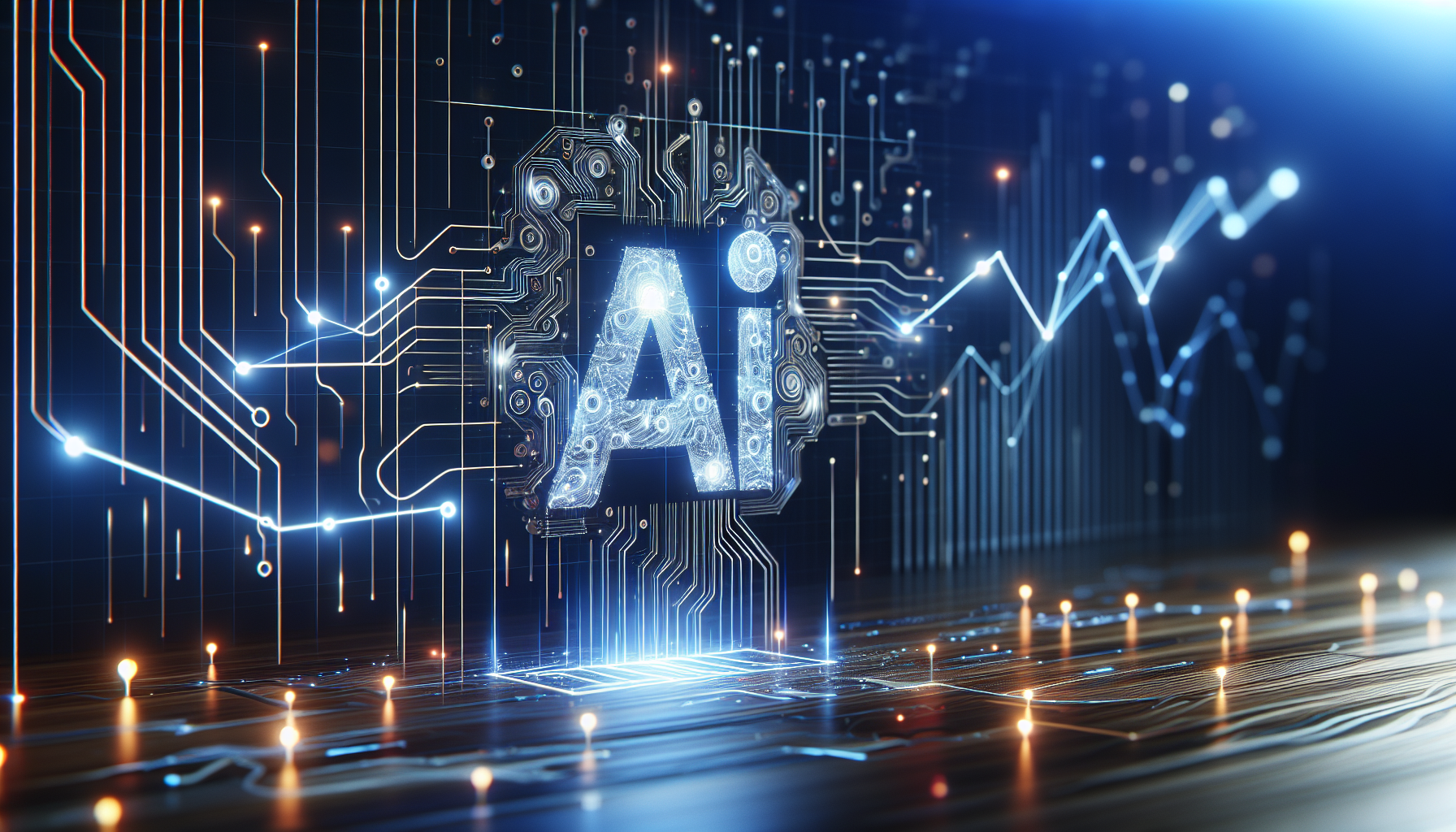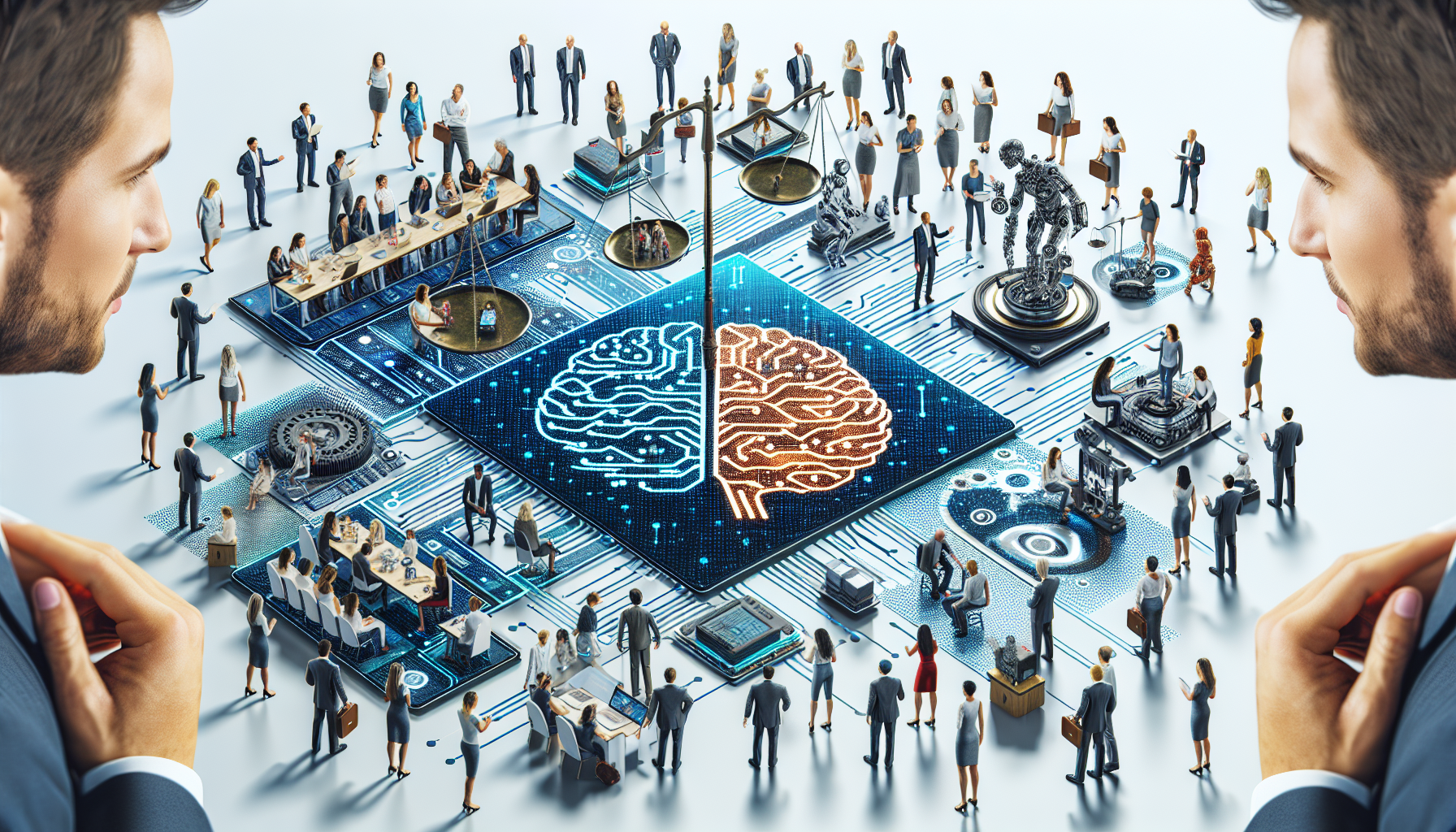
AI in the Fashion Industry: Trends and Innovations Explored Through Comparative Analysis
October 13, 2025
Artificial Intelligence (AI) has permeated multiple sectors, reshaping traditional practices and introducing groundbreaking innovations. Within the fashion industry, AI is not merely a tool for automation; it is a catalyst for transformation and creativity. This article delves into the nuanced role of AI in fashion, utilizing a comparative analysis to highlight key trends and innovations.
AI's most significant impact on fashion is arguably in the realm of design. Traditionally, fashion design relied heavily on the intuition and experience of designers. However, AI algorithms are now being employed to analyze vast datasets of fashion trends, consumer preferences, and historical designs. These algorithms can generate new design concepts, often blending styles from different eras and cultures. For instance, AI-powered platforms can predict emerging trends by analyzing social media feeds and fashion blogs, offering designers a data-backed foundation for creative decisions.
Comparatively, AI's role in supply chain management is equally transformative. The fashion industry is notorious for its complex supply chains, which often span multiple continents. AI technologies, such as machine learning algorithms and Internet of Things (IoT) devices, are optimizing these networks by predicting demand patterns, identifying potential disruptions, and enhancing inventory management. The result is a more efficient supply chain that reduces waste and improves profitability. In contrast to traditional methods that rely on manual tracking and historical sales data, AI provides real-time insights, enabling brands to react swiftly to market changes.
Moreover, AI is revolutionizing the retail experience. Virtual fitting rooms, powered by sophisticated AI algorithms, allow consumers to try on clothes virtually, offering a personalized shopping experience without the need for physical contact. This technology employs computer vision and augmented reality to map a consumer's body and superimpose clothing items with remarkable accuracy. While traditional shopping relies on in-person interactions, AI-driven virtual fittings offer convenience and accessibility, particularly appealing to the tech-savvy consumer.
Additionally, AI's predictive analytics capabilities are enhancing customer relationship management (CRM) in fashion. By analyzing customer behaviors and preferences, AI systems can predict future purchasing trends and personalize marketing strategies. This level of personalization was once the domain of luxury brands with vast resources, but AI democratizes this capability, allowing even smaller retailers to offer bespoke customer experiences. Unlike conventional CRM systems that depend on static customer profiles, AI-driven solutions continuously learn and adapt to changing consumer behaviors.
The sustainability movement within fashion is another area where AI is making significant strides. Fashion brands are increasingly adopting AI to promote sustainable practices, such as developing eco-friendly materials and optimizing resource consumption. AI can simulate the environmental impact of various production methods, enabling brands to choose more sustainable options. This approach marks a departure from the traditional fashion cycle, which often prioritizes speed and cost over environmental considerations.
While AI's contributions to fashion are profound, it is essential to address the challenges and ethical implications associated with its use. Concerns regarding data privacy, algorithmic bias, and the potential loss of human creativity are increasingly being discussed. AI systems rely on vast amounts of data, raising questions about data security and the ethical use of consumer information. Furthermore, there is a risk that AI-generated designs could homogenize fashion, stifling the unique creativity that defines the industry.
In conclusion, the integration of AI within the fashion industry represents a paradigm shift, offering unprecedented opportunities for innovation and efficiency. However, the true potential of AI lies in its ability to enhance, rather than replace, human creativity and ingenuity. As AI continues to evolve, it invites us to consider what it means to be creative in an age where machines can learn, predict, and even design. How will the fashion industry balance the advantages of AI with the need to preserve the artistry and individuality that make fashion an expression of identity? This question remains at the forefront as we explore the future of fashion in an era increasingly defined by artificial intelligence.


